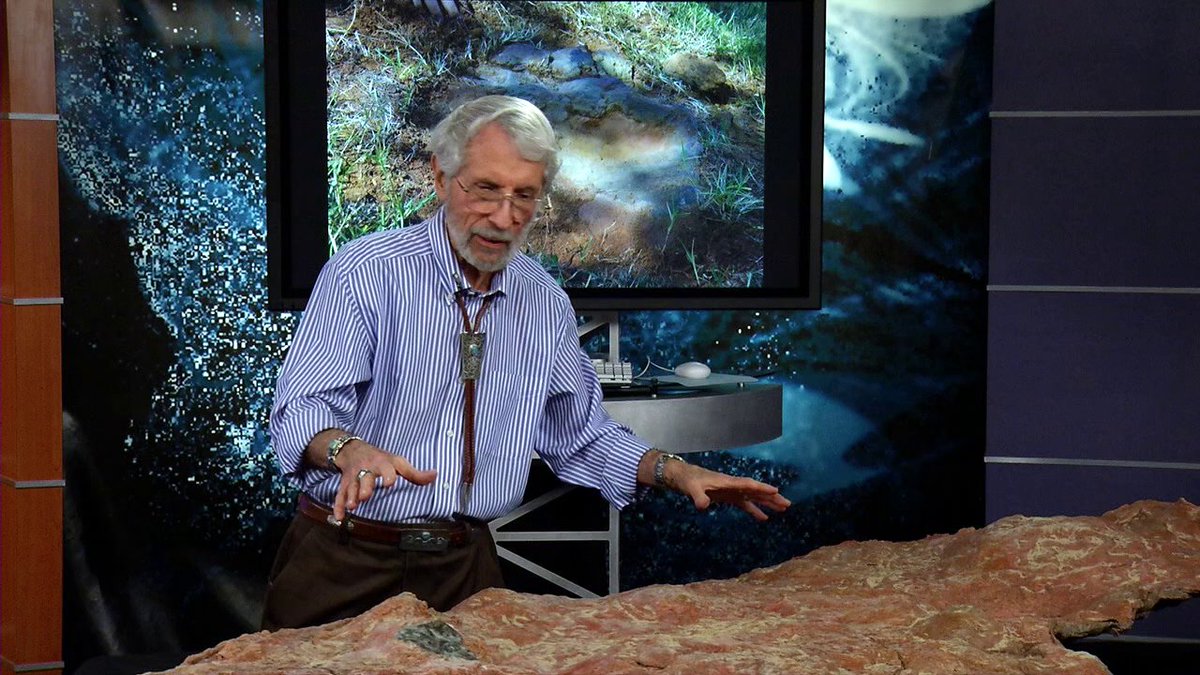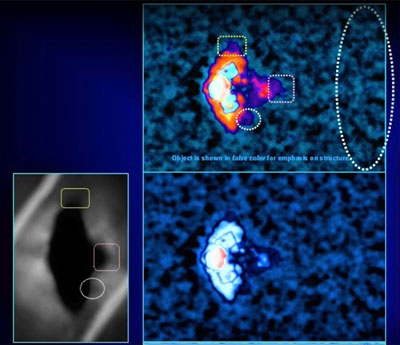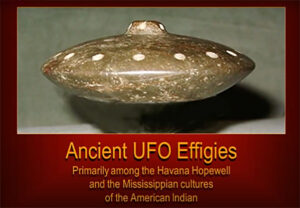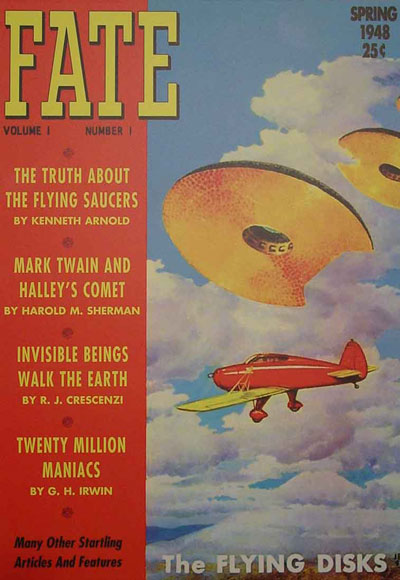
Early Life and Background
Ray Edmund Stanford was born on December 4, 1939, in San Diego, California. His fascination with the natural world began early—by the age of eight, he had developed a keen interest in butterflies, meticulously cataloging species in his neighborhood by the time he was ten. He was nine years old when the Kenneth Arnold UFO sighting made the news, and he declared to the school principal‘s wife on the playground, “when I grow up I’m going to find out what these UFOs are, and when I find out I’m going to do that research and show the whole world what they are”.
Recognizing his passion, his parents enrolled him in a summer course at the San Diego Natural History Museum in 1948. Stanford’s enthusiasm for lepidoptery (butterfly collecting) continued to grow, leading him to join the Lepidopterists’ Society in 1955. His passion for butterflies and moths deepened through friendships with fellow researchers, including Paul Opler, whom he met in 1957 while exploring the Laguna Mountains of San Diego County. Their collaboration spanned over 35 years, culminating in the co-authored publication of The Atlas of Western USA Butterflies, Including Adjacent Portions of Canada and Mexico.
Education
While in High School, his enthusiasm for space and science propelled Ray to win the Texas State High School Science Fair for a scientific paper he titled Experiments with a Multi-Stage Principle of Rocketry involving solid state rockets. Stanford pursued higher education at Stanford University, where he was influenced by Bill Tilden, Bob Langston, Don MacNeill, and John Burns. He later attended the UCLA School of Medicine, earning his M.D. degree between 1961 and 1966. After graduation, he relocated to Denver, Colorado, completing a Pathology residency at the University of Colorado Health Sciences Center by 1970. He remained on the Pathology faculty until his retirement.
Interest in Paleontology

Stanford later transitioned into paleontology, becoming a self-taught fossil hunter. His first dinosaur discovery occurred in 1994, while searching for Indian artifacts with his children. Over 30 years, he gained recognition for his ability to locate dinosaur fossils from the Cretaceous era. He has discovered hundreds of dinosaur tracks in the Washington, D.C., and Baltimore suburbs, revealing an extraordinary diversity of prehistoric life. His most significant discovery occurred in 2010, when he stumbled upon a theropod track near NASA’s Goddard Space Flight Center. This led to the unearthing of an 8.5-foot slab of sandstone containing over 100 tracks, including those of mammals, dinosaurs, and flying reptiles. His findings were instrumental in preserving the site, which was initially slated for construction. His findings have earned him respect in the scientific community, leading to collaborations with Johns Hopkins University and efforts to preserve his collection at the Smithsonian Institution. His discovery at Goddard was showcased on PBS News Hour.
Despite lacking formal scientific training, Stanford earned the respect of professional paleontologists, collaborating with institutions such as the Smithsonian and Johns Hopkins University.
Major Contributions to Paleontology
Ray Stanford’s contributions to paleontology are remarkable, especially given his self-taught background. His discoveries have significantly enriched our understanding of Early Cretaceous ecosystems, particularly in the Mid-Atlantic United States. Here are some of his most notable contributions:
1. Discovery of Extensive Fossil Trackways at NASA’s Goddard Space Flight Center

- Dinosaurs (small theropods and larger ornithopods)
- Pterosaurs (flying reptiles)
- Mammals (extremely rare fossilized footprints from the Early Cretaceous)
This site, initially overlooked and slated for construction, became a protected fossil locality thanks to Stanford’s advocacy, offering valuable insight into the diversity of creatures that lived in the region approximately 110 million years ago.
2. Identification of Rare Mammal Tracks
Stanford was instrumental in identifying Cretaceous mammal footprints, a rare discovery in North America. Mammal fossils from this period are typically fragmentary, but footprints offer a glimpse into their behavior and movement. His research contributed to a Smithsonian study, which confirmed the tracks belonged to small, rodent-like mammals that coexisted with dinosaurs.
3. Contributions to Understanding Dinosaur Behavior
Through his meticulous study of trackways, Stanford provided evidence of dinosaur social behavior and movement patterns. His discoveries suggested:
- Small theropods possibly hunted in groups.
- Ornithopods, similar to modern herbivores, may have moved in herds.
- Pterosaur tracks indicated frequent interaction with terrestrial environments.
These interpretations have helped paleontologists reconstruct Cretaceous ecosystems with greater accuracy.
4. Expanding Knowledge of the Maryland Fossil Record
Although Maryland is not typically considered a hotspot for dinosaur fossils, Stanford’s numerous discoveries have established the state as an important site for Cretaceous-era paleontology. He has uncovered various footprints that demonstrate the high biodiversity of the region millions of years ago.
5. Advocacy for Amateur Paleontology
Despite lacking formal academic credentials, Stanford gained the respect of professional scientists, proving that dedicated amateur paleontologists can make groundbreaking discoveries. His work has inspired others to engage in fossil hunting and contribute to scientific research.
Stanford’s discoveries have had lasting scientific impact, revealing previously unknown details about prehistoric life in the Mid-Atlantic region. His work bridges the gap between amateur fossil hunters and professional paleontologists, showing that curiosity and persistence can lead to extraordinary contributions to science.
Stanford’s journey—from a butterfly enthusiast to a respected paleontologist—illustrates his relentless curiosity and dedication to uncovering the natural world’s hidden wonders.
UFO Research
 Ray is a multifaceted researcher known not only for his work in paleontology, but also UFO investigations. His UFO research spans over 50 years, during which he has emphasized the use of scientific instruments like magnetometers and gravimeters to detect anomalies associated with UFOs. He has also extensively studied Faraday rotation, a phenomenon where the polarization plane of light rotates in a magnetic field, which he believes is relevant to UFO sightings. This emphasis on scientific instrumentation comes from his experience with the UFO contactee, George Adamski Flying Saucers Have Landed and Inside the Space Ships who he says was completely taken in by him and his hoaxes as a teenager. After spending time personally with Adamski, Ray came to see him and other purported alien contactees like Dr. Daniel Fry, The White Sands Incident as frauds and believed the only way to get to the heart of the UFO mystery was to gather really good scientific hard evidence.
Ray is a multifaceted researcher known not only for his work in paleontology, but also UFO investigations. His UFO research spans over 50 years, during which he has emphasized the use of scientific instruments like magnetometers and gravimeters to detect anomalies associated with UFOs. He has also extensively studied Faraday rotation, a phenomenon where the polarization plane of light rotates in a magnetic field, which he believes is relevant to UFO sightings. This emphasis on scientific instrumentation comes from his experience with the UFO contactee, George Adamski Flying Saucers Have Landed and Inside the Space Ships who he says was completely taken in by him and his hoaxes as a teenager. After spending time personally with Adamski, Ray came to see him and other purported alien contactees like Dr. Daniel Fry, The White Sands Incident as frauds and believed the only way to get to the heart of the UFO mystery was to gather really good scientific hard evidence.
His most famous investigation was into the 1964 Socorro UFO landing, witnessed by police officer Lonnie Zamora. Stanford wrote a book on the incident, titled Socorro Saucer in a Pentagon Pantry, where he detailed his findings and analysis. He has also conducted multi-witness field studies, attempting to document UFOs with optical and electronic instruments.


He has also explored hematite discoids, which are linked to the Mississippian game of Chunkey, also known as chunky, chenco, tchung-kee, or the hoop and stick game. These discoids were crafted from magnetic hematite-magnetite and evolved from early effigies resembling alien craft to more practical rolling game pieces. Some interpretations suggest that the design of these discoids was influenced by observations of anomalous disc-like objects, possibly resembling modern UFOs. Ray theorizes that the native peoples observed smaller flying saucers entering larger, cigar shaped motherships. The game involves a spear which would represent the mothership and a disc representing the saucer. The spear is thrown, and the objective is to roll the disc as close to the spear as possible. Ray believes that the earlier discs are more what we would think of is flying saucers, complete with portholes and a metallic finish, and as the game evolved over time, the historical reference was lost and the discoids became more simplified for rolling.
Stanford has also been involved in Project Starlight International, an initiative aimed at scientifically documenting UFOs using advanced equipment. Despite his efforts to provide hard data, his findings have not been widely embraced by academic institutions or mainstream physicists. However, some scientists, including Dr. Leik Myrabo, have shown interest in his footage and its potential implications for space travel.
UFO Research Controversy
Stanford has made bold claims regarding his UFO research, including direct contact with extraterrestrial beings in the 1950s and trance-channeling alleged extraterrestrials in the 1960s and 1970s. He has presented himself as a hard-data pioneer, claiming to have captured sensational photographic evidence of UFOs and alien technology. Like many researchers, his legacy in the UFO field has been met with skepticism, with critics arguing that his claims have not undergone sufficient scrutiny.
While he has emphasized the use of scientific instruments like magnetometers and gravimeters to detect anomalies, many mainstream scientists remain skeptical of his claims. His work on Faraday rotation and its relevance to UFO sightings has intrigued some researchers, but it has not gained widespread acceptance.
Ray Stanford’s UFO research has been surrounded by controversy, particularly regarding the verifiability of his claims. While he has presented himself as a scientific investigator, critics argue that many of his findings lack independent verification. Some of the key controversies include:
- Sensational Claims: Stanford has claimed to have personally photographed UFOs on 51 occasions between 1956 and 1997. However, independent analysts have not substantiated these claims, and some researchers have outright debunked them.
- Fabrication Allegations: Former colleagues have accused Stanford of exaggerating or even fabricating details about UFO encounters. For example, his claims about a December 10, 1975 UFO event near Austin, Texas, have been challenged by individuals who were present at the time.
- Project Starlight International: Stanford led this initiative to document UFOs using advanced equipment, but some critics argue that the project did not produce credible evidence despite its ambitious goals.
- Beam Ship UFO Movie: Stanford filmed an aerial object over Corpus Christi, Texas, in 1985, which he described as a “beam ship” UFO. While some physicists initially considered analyzing the footage, others later dismissed it due to concerns about data provenance and Stanford’s history of sensational claims.
Despite these controversies, Stanford remains a polarizing figure in UFO research, with some supporters believing his work holds scientific merit, while skeptics argue that his claims lack rigorous validation. His work remains a fascinating blend of scientific inquiry and unconventional exploration, making him a unique figure in both UFO research and paleontology.
The Paracast: Ray Stanford Audio Interviews
The Paracast: April 2, 2017 — Ray Stanford
The Paracast: May 18, 2014 — Ray Stanford
The Paracast: April 1, 2012 — Chris Lambright and Ray Stanford

